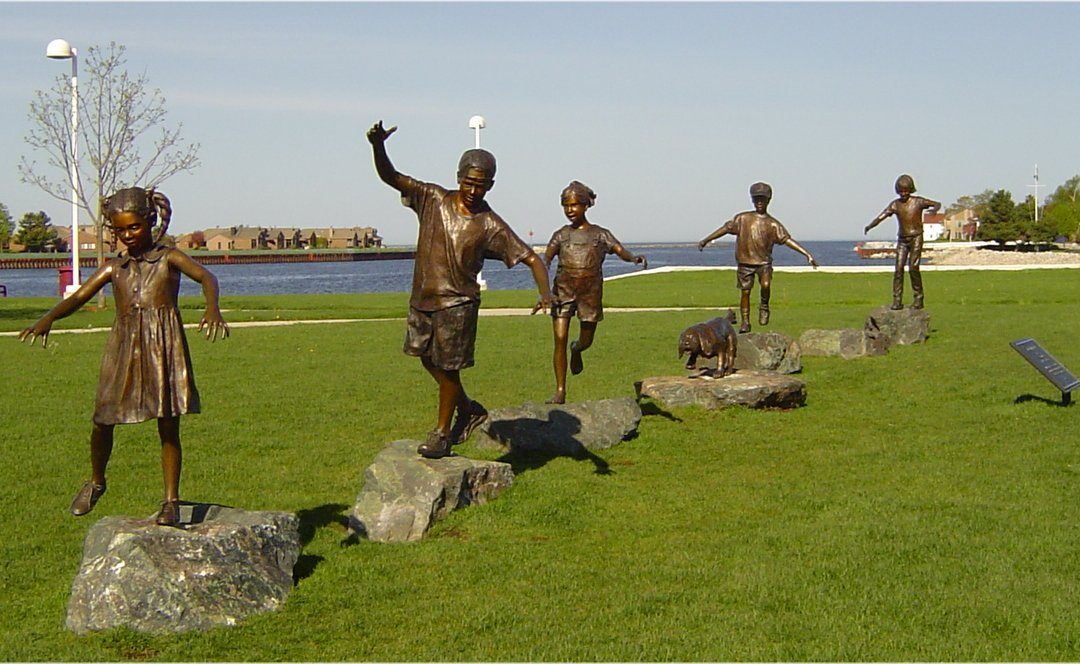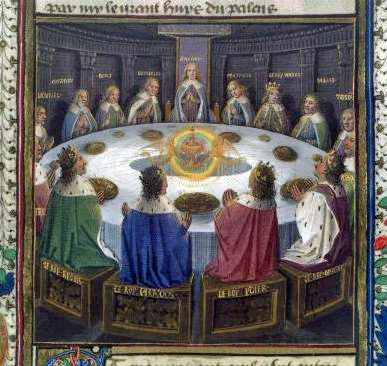
by dbward | Mar 7, 2022 | shared leadership
Today’s blog post is by Niall White
Want more great leaders? Be a great follower.
I’m convinced there are many potentially great leaders in the world. Of these potential leaders, I sometimes wonder if many are simply afraid to step forward. This fear could come from many different sources; fear of failure, fear of rejection, lack of confidence, or even a lack of understanding, to name a few. It is also possible that this fear comes from negative experiences or deeply personal mental illness. It may be impossible to know every reason why someone is reluctant to step forward as a leader, but it is possible to help them.
Being a “follower” can sometimes come with a negative connotation, but some of the great leaders I’ve known were also great followers. Rather than thinking of a follower only as someone that simply goes through the motions, doing whatever they are told with little proactivity, I invite you to consider an alternative viewpoint: A follower can be someone that not only makes way for someone else to lead, but provides positive reinforcement, kind and productive criticism, and looks for their own leadership opportunities that support the leader (e.g., volunteering to help or pursuing a recommendation). In short; friendly following. Now, it’s probably worth mentioning that, just like the phrase “yes, and”, you don’t need to follow, endorse, or agree with something you aren’t comfortable with.
Can you imagine a world where people of all backgrounds and experiences, strengths, and limitations, felt empowered to lead in whatever capacity they could? And can you imagine if they not only felt empowered to lead, but believed that their message would be received by people that were open to new ideas, willing to help, and helpful enough to provide courteous feedback? Dare I say, friendly followers? I imagine that world would have a lot less fear. I’ve seen teams, families, and organizations that operate this way, and I can say that these are the teams, families, and organizations that I’ve felt the most safety and satisfaction being associated with.
Think about the friendly followers around you. I can think of many at here at MITRE. I can think of many in the ITK community! Volunteering to co-facilitate a workshop with someone, giving someone the benefit of the doubt when they are slow to respond to an inquiry, assuming good intent when a statement is made, and enabling an environment where others feel safe, are all examples of friendly following.
I really do believe that there are many incredible people all around us that are reluctant to step forward, stand in the limelight, or even be noticed. How might we be a source of strength and encouragement for these potential leaders? How might we be friendly followers so that others might lead?
cover image by Doug Coldwell

by dbward | Jul 8, 2019 | shared leadership, Team Toolkit

Knights of The Round Table
I often say the best thing Team Toolkit ever built was… the team itself.
Team Toolkit operates with a collaborative structure where each member has a lot of room to use their strengths, to support each other, and to have fun doing it. It’s a very low-ego environment, where we know each other’s strengths and celebrate each other’s contributions.
The team has terrific chemistry – we genuinely like each other. On the one hand it’s not possible to force this or manufacture good personal chemistry, but on the other hand this sort of thing does not happen by accident. Positive relationships within a team require a mix of deliberate effort and good luck.
From the start, Team Toolkit made it a priority to build these friendships and foster a certain type of environment. The fact that we worked on it and did it on purpose doesn’t make our relationships less real. It makes them more real.
Our mutual respect and appreciation for each other also made it easier for us to adopt a collegial, shared leadership structure, where everyone is able to make decisions and guide the direction of the team. There is no a single formal leader with executive decision-making authority for the team. Instead, everyone has the same authority. You could say it’s a leaderless group, but it is definitely not a leadershipless group. There’s a ton of leadership on Team Toolkit, and it comes from all of us.
For example, when someone has an idea for a new tool, workshop, or activity, we present the idea to the group and see who might be interested in doing it. We’re not assigning tasks or asking for permission as we would in a top-down style organization. Instead, we’re informing and making invitations. There is someone who leads each activity, and it varies depending on people’s interests, skills, and availability. In keeping with that spirit, let’s hear from some other members of Team Toolkit:
“The Shared Leadership structure shows up in our team meetings when no one person runs it every week. We take turns. Everyone runs point on workshops/has connections that they bring to the table.” – Rachel
“We play to each other’s strengths, both in sessions and through our weekly meetings. We acknowledge that we aren’t all experts, and are constant learners – learning from each other and from our shared experiences.” – Melanie
“The diversity of our team’s strengths and interests helps to ensure that folks commit to leading initiatives that they are genuinely interested in or good at, which leads to better results. i think we have strong trust too that you don’t have to worry about what’s NOT on your plate. You know other team members will deliver and that someone on the team will have your back/help if you should need it.” – Aileen
It’s a tremendously efficient and effective approach, and I think more groups should adopt it. There’s a lot of great research & resources out there about shared leadership, so if you want to learn more, consider starting with this piece by Joanne Fritz.



